Motor boat turbulence kills zooplankton in estuaries
by Matt Walker Earth News
Experiments on copepods, tiny crustaceans that live and float in water, show that a third die in waters frequented by propeller-driven boats. That is significantly more than in bodies of water not used by boats. Zooplankton play a crucial role in water ecology and their death may have hitherto unknown impacts. Details of the discovery are published in the Journal of Experimental Marine Biology and Ecology.Ends with:
The scientists have not yet been able to establish how many boats might cause a problem, and much would depend on their size and speed, which have a large effect on the turbulence they create. "When viewed at a global scale, the portion of zooplankton killed by boat-generated turbulence is probably minimal," she says. However, turbulence could have a significant impact on zooplankton, and therefore water ecology, at a local scale. This may be particularly so in areas of high boat traffic and in closed freshwater systems such as lakes.
Read full thing here: http://news.bbc.co.uk/earth/hi/earth_news/newsid_9449000/9449070.stm
The whole engines and boats thing could have had far reaching implications on all wildlife including marine cryptids, perhaps even causing extinction.More marine/sea monsters were seen in the days of sailing ships,but no longer, perhaps due the sound of engines in modern ships frigthening them away.
Also by Matt Walker:
Oddballs: the midge that shouldn't exist:
Again interesting, another creature that shouldn’t exist but does. All generates hope for finding cryptids! The next item is just interesting for those into evolution.
Dental evolution big toothache for ancient reptile
Missing teeth and the decayed jawbone of a 275-million year old reptile have pushed back the earliest evidence of tooth decay some 200 million years, according to a study published Tuesday. The new find also highlights the downside of the evolutionary shift from loosely-fitted teeth that fall out but grow back to having a single set of permanent chompers, a drawback shared by adult humans, the researchers said.Labidosaurus hamatus -- a fat-headed, omnivorous reptile about 75 centimeters (30 inches) long -- adapted over millions of years to life on land rather than the watery marshes of its amphibious forebear.It's stouter legs and armour-like skin were better adapted to running and warding off predators.And its non-replaceable teeth, deeply anchored in its jaw, were better suited for eating fibrous plants and stems, alongside its more ancient diet of flying and crawling insects.
Read rest see pics here: http://uk.news.yahoo.com/18/20110418/tsc-dental-evolution-big-toothache-for-a-c2ff8aa.html

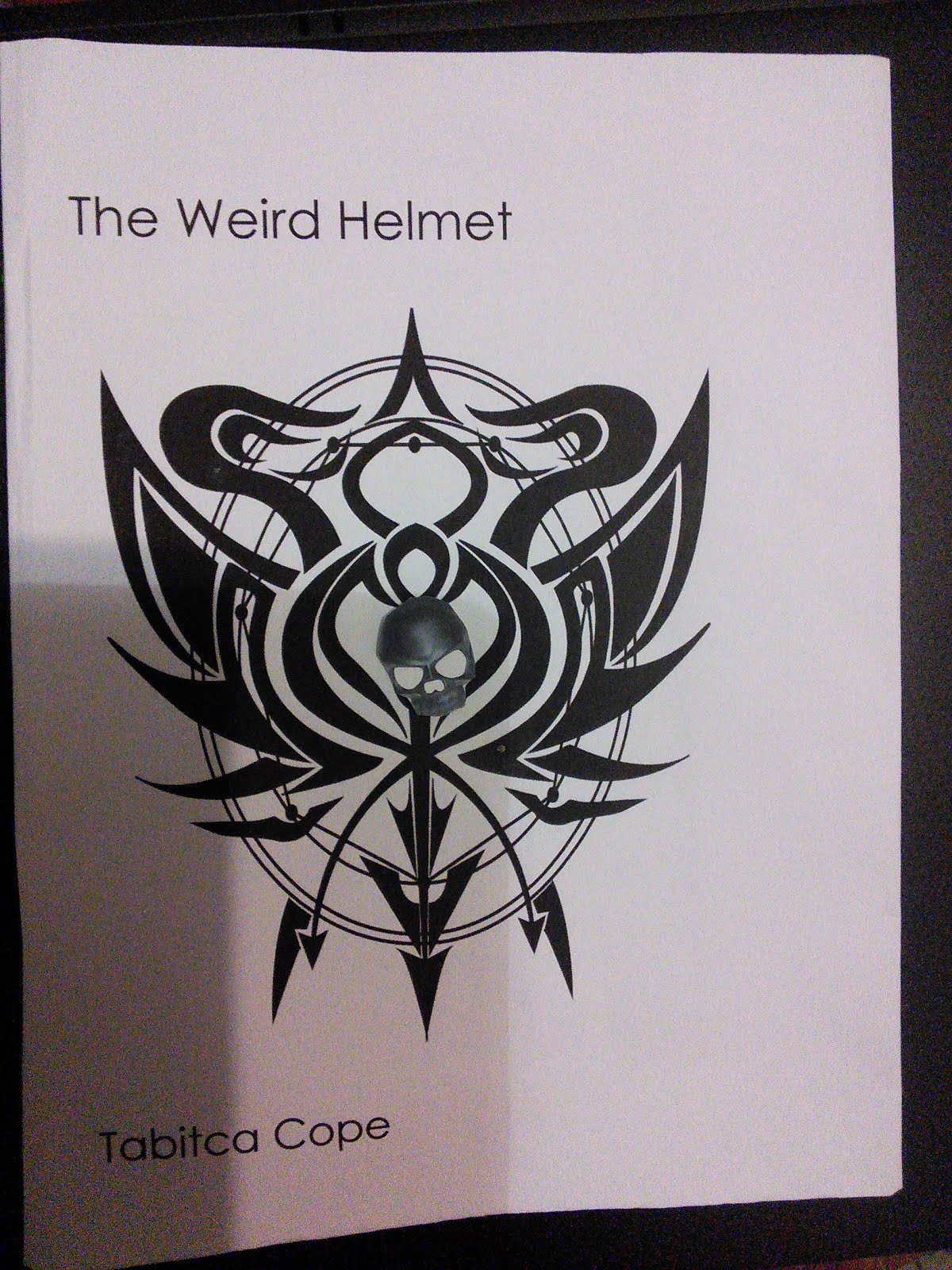
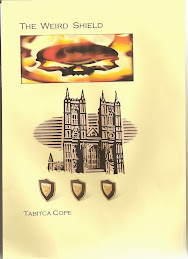
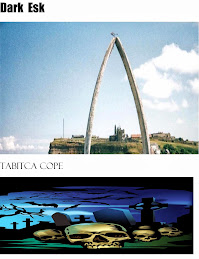
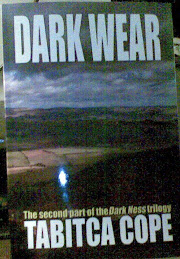


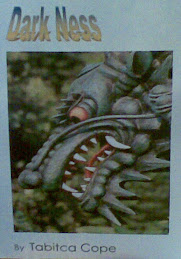
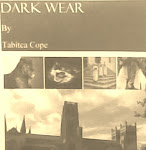












No comments:
Post a Comment